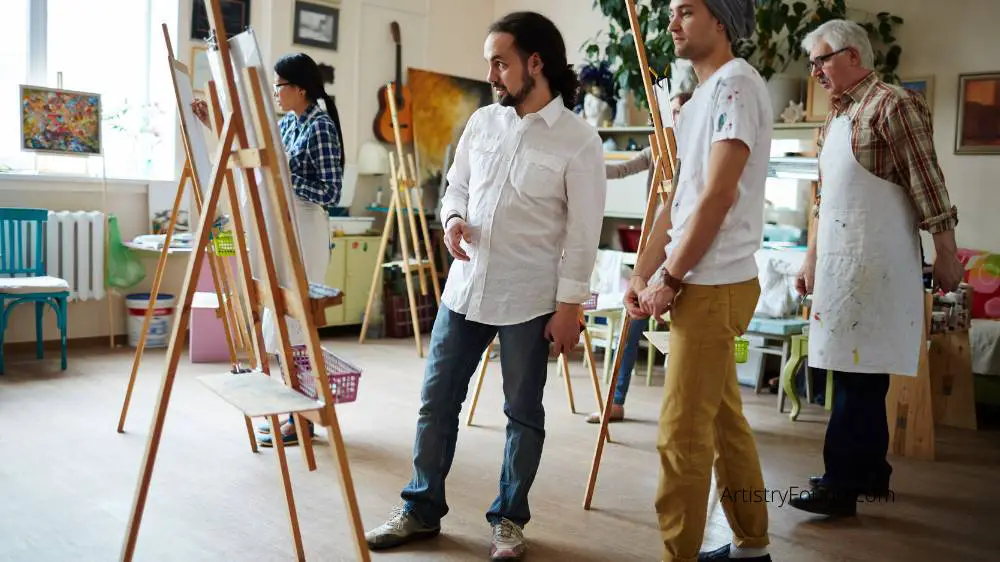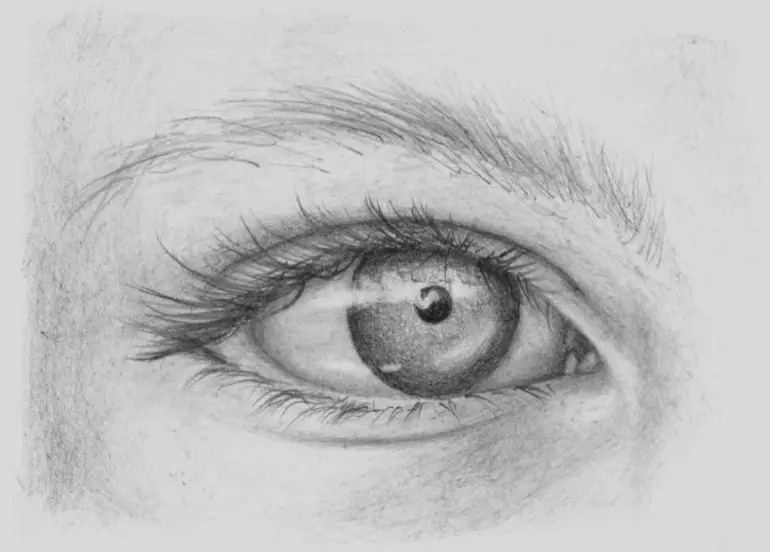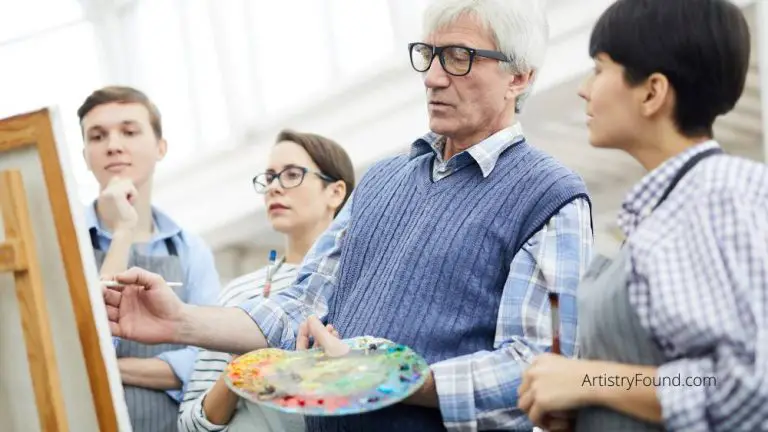6 Reasons Why You Should Study Art History (Explained)
There is an abundance of courses you can study as an art student. However, one course that students don’t usually come to terms with is art history and how it can positively impact their art career.
Fine art itself is the study of the different elements of art and how they come together to create beautiful and thought-provoking artworks. However, art is dynamic, and it has changed a lot over the past couple of centuries.
The study of art and how it changes over time is what art history is all about.
If you don’t see how art history can help your career over the long term, here are six reasons why you should consider taking some classes or even obtaining a degree in art history at a university.
1. Study Art History For Expansive Employment Opportunities

(This article may contain affiliate links and I may earn a commission if you make a purchase)
If you can’t get employment after graduating from an art history program, no amount of talking can justify spending four years of full-time study and tuition trying to obtain an undergraduate or graduate degree in the field.
The good news is that graduates with an art history major are arguably the most employable professionals in the world of art. This is because art historians aren’t only great artists; they’re also excellent historians.
Due to their expansive field of study, an art historian can work in an art museum as a curator, administrator, or director, depending on their level of education and experience.
Art curators work directly with artists and donors to acquire relevant artworks for museums and oversee the storage and preservation of the artworks.
An art historian will also make an excellent art educator, thanks to their expansive knowledge about both traditional and contemporary art.
If these employment options sound boring, you can simply practice your art after getting a diploma. An art history degree is sure to directly benefit your work as an artist and will give you the option to work in a ton of art-related fields.
Recommended Reading: So You Want to Be an Art Curator (Find Out How!)
2. Art History Helps Make Sense of Classic Artworks
Studying art history is all about learning traditional art styles and how art has changed over time. Obtaining an art history degree will help you make sense of classic art styles and paintings and show you how today’s modern art is related. In other words, you will become an expert in visual literacy.
In addition, many physical artworks such as paintings won’t last forever. Most paints have a predefined lifetime, and without meticulous preservation, we may end up losing extremely valuable works of art. Studying these historical masterpieces before they’re gone will help preserve the facts and stories surrounding individual art pieces for generations to come.
Furthermore, studying historical artworks gives us an understanding of the styles and techniques the artists used to create these classic works. Without this, many of these traditional techniques would be lost.
Aside from the artworks themselves, the study of art provides a mirror into the past, showing us how our ancestors lived their lives, what was important to them, and what wasn’t.
3. Study Art History To Hone Your Skills in Other Fields

Art isn’t all about drawing, sculpting, and painting. To excel and make money from art, you must be pretty good in some other fields that may seem unrelated to art.
Most people envision an art history course as spending your time memorizing the names and birth dates of popular artists and art collectors. However, nothing can be further from the truth.
Art history hones your critical thinking skills and requires you to learn how to do proper research. In addition, you will be required to put the results of your research and thinking into writing. Regularly requiring students to write essays allows the art history student to not only prove their knowledge of the subject but also gives them a chance to stretch their critical thinking muscles.
Perhaps it’s time to prepare yourself for the exciting realities of being an art historian.
Recommended Reading: Do Art Schools Care About Grades? (What You Need To Know)
4. Art History Helps You Understand the Diversity in Art
Humans are very diverse beings, and so is their art. By observing the different paintings and sculptures from the past few centuries, you’ll begin to notice the difference in the art patterns and style.
These differences stem from the variances in people’s way of life, religion, customs, and traditions. Art helps you understand the differences and similarities between cultures and how much of the traditions of the past have given rise to today’s civilization.
All of these lessons are essential for an art historian and can readily be applied to your own artwork.
5. Understanding Art History Makes You an Expert in Most Art-related Fields
There is hardly an art-related course or program that teaches about the inner workings of art better than art history. When you study to become an art historian, you also become an overall subject matter expert in most things art.
Being an art historian isn’t only about learning about the art of the past. It also involves art appreciation and understanding the link between the kinds of art that people create.
As an art historian, you should be able to tell the meaning of an art piece, the motivation behind it, and how it relates to how we live and see art today.
That, coupled with the fact that you can become proficient in handling and preserving artworks for the future generation, makes you invaluable to the art world. Plus, with an additional two-year teaching certification program, you can become qualified to teach aspiring artists about the beauty of ancient art and how to appreciate it.
6. Art History is Fun!
Regardless of how rewarding a course may be or how employable it makes you, you’ll eventually get bored and unmotivated if you don’t enjoy studying it.
Fortunately, it’s almost impossible to get bored when you’re studying art history. Of course, the ongoing research and essay writing could be monotonous and considered unartful by some, but since it all revolves around art, you’ll never get tired of learning more as a true lover of art.
You also get to take classes in things you enjoy doing, like photography, painting, drawing, and sculpture, while learning the necessary skills to appreciate art from many different timelines.
Finally, you have so many career opportunities to choose from that you can decide what you want to do after obtaining your art history degree.
You can either become a practicing artist, work in a museum as a curator, or teach young artists to appreciate art as much as you do.
Recommended Reading: Here’s How Much an Art Teacher Makes (Annual Salary)




![Why Art Schools Hate Anime [Solved!] 6 Why art schools hate anime.](https://artistryfound.com/wp-content/uploads/2021/06/Why-Art-Schools-Hate-Anime-Solved-01-768x432.jpg)



